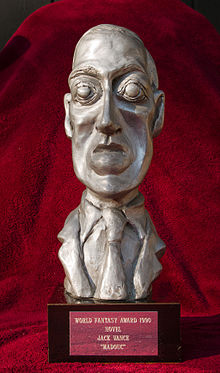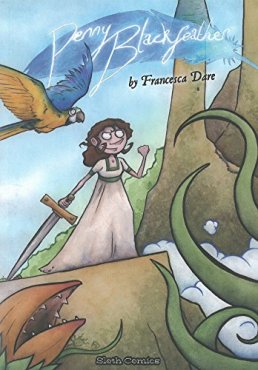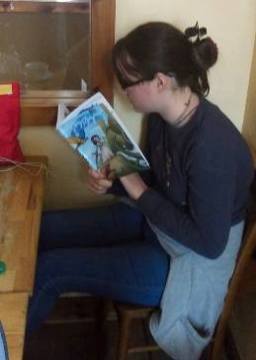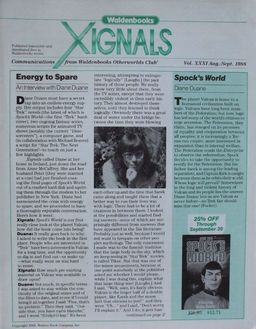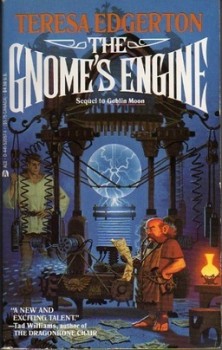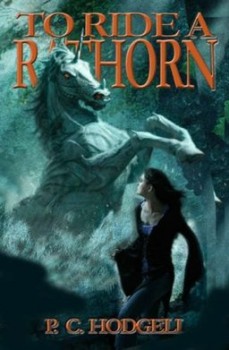 It’s taken me two years, but I’ve finally returned to P. C. Hodgell’s Kencyrath Cycle, with the fourth book, To Ride a Rathorn. A rathorn is a deadly, carnivorous, horned, horse-like animal covered in heavy plates of ivory. For the Kencyrath, to ride a rathorn is to try to do something insane, and our heroine Jame is about to do just that. She has accepted her destiny as a crucial element of the final showdown with Perimal Darkling, a world-devouring force of chaos and evil. At the same time, several forces are arrayed against her: the enemies of her family, the weight of millennia of traditions, and terrible agents of utter darkness. Instead of just crawling away and hiding, Jame has decided to take on all comers, and figuratively — and perhaps literally — ride a rathorn.
It’s taken me two years, but I’ve finally returned to P. C. Hodgell’s Kencyrath Cycle, with the fourth book, To Ride a Rathorn. A rathorn is a deadly, carnivorous, horned, horse-like animal covered in heavy plates of ivory. For the Kencyrath, to ride a rathorn is to try to do something insane, and our heroine Jame is about to do just that. She has accepted her destiny as a crucial element of the final showdown with Perimal Darkling, a world-devouring force of chaos and evil. At the same time, several forces are arrayed against her: the enemies of her family, the weight of millennia of traditions, and terrible agents of utter darkness. Instead of just crawling away and hiding, Jame has decided to take on all comers, and figuratively — and perhaps literally — ride a rathorn.
Four books in, to say the series is complicated is like saying the sun is hot or the oceans wet. Hodgell has created one of the densest and tremendously detailed fantasy settings, and to even look at this book without having read its predecessors just might make a reader’s brain explode. But as I often ask: have you taken my advice and read the other books yet? Because you should have by now. To get a better understanding of what’s gone on before, you can read my reviews of the first three — God Stalk, Dark of the Moon, and Seeker’s Mask — right here at Black Gate. If you don’t have time, though, here’s a relatively brief synopsis:
Thirty thousand years ago, Perimal Darkling began to devour the series of parallel universes called the Chain of Creation. To fight against it, the Three-Faced God forged three separate races into one; feline-like Arrin-Ken to serve as judges, the heavily muscled Kendar to serve as soldiers and craftsmen, and the fine-featured humanoid Highborn to rule them. For 27,000 years, the Kencyrath fought a losing battle, one universe after another falling to the darkness. Three thousand years ago, the High Lord Gerridon, fearful of death, betrayed his people to Perimal Darkling in exchange for immortality. Fleeing yet again, the Kencyrath landed on the world of Rathilien. Since then, they haven’t heard from their god, and Perimal Darkling has seemed satisfied to lurk at the edges of their new home. Monotheists trapped on an alien world with many gods, the Kencyrath have had to struggle to find their own place and survive on Rathilien.
…
Read More Read More
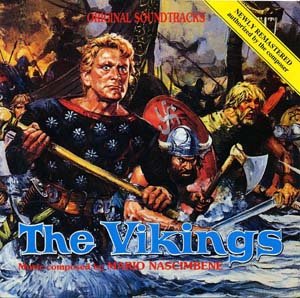
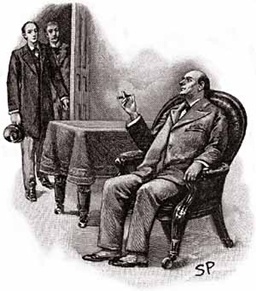

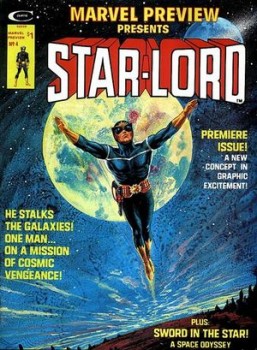
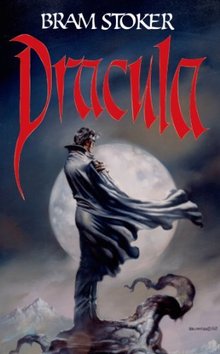 I don’t think there’s anyone in the Fantasy and SF community that isn’t familiar with this concept (I first came across it in a Heinlein novel) but just in case: There’s a point at which all the necessary components to allow for an invention to flourish are in existence, and at that point – and not before – the invention takes off.
I don’t think there’s anyone in the Fantasy and SF community that isn’t familiar with this concept (I first came across it in a Heinlein novel) but just in case: There’s a point at which all the necessary components to allow for an invention to flourish are in existence, and at that point – and not before – the invention takes off.
